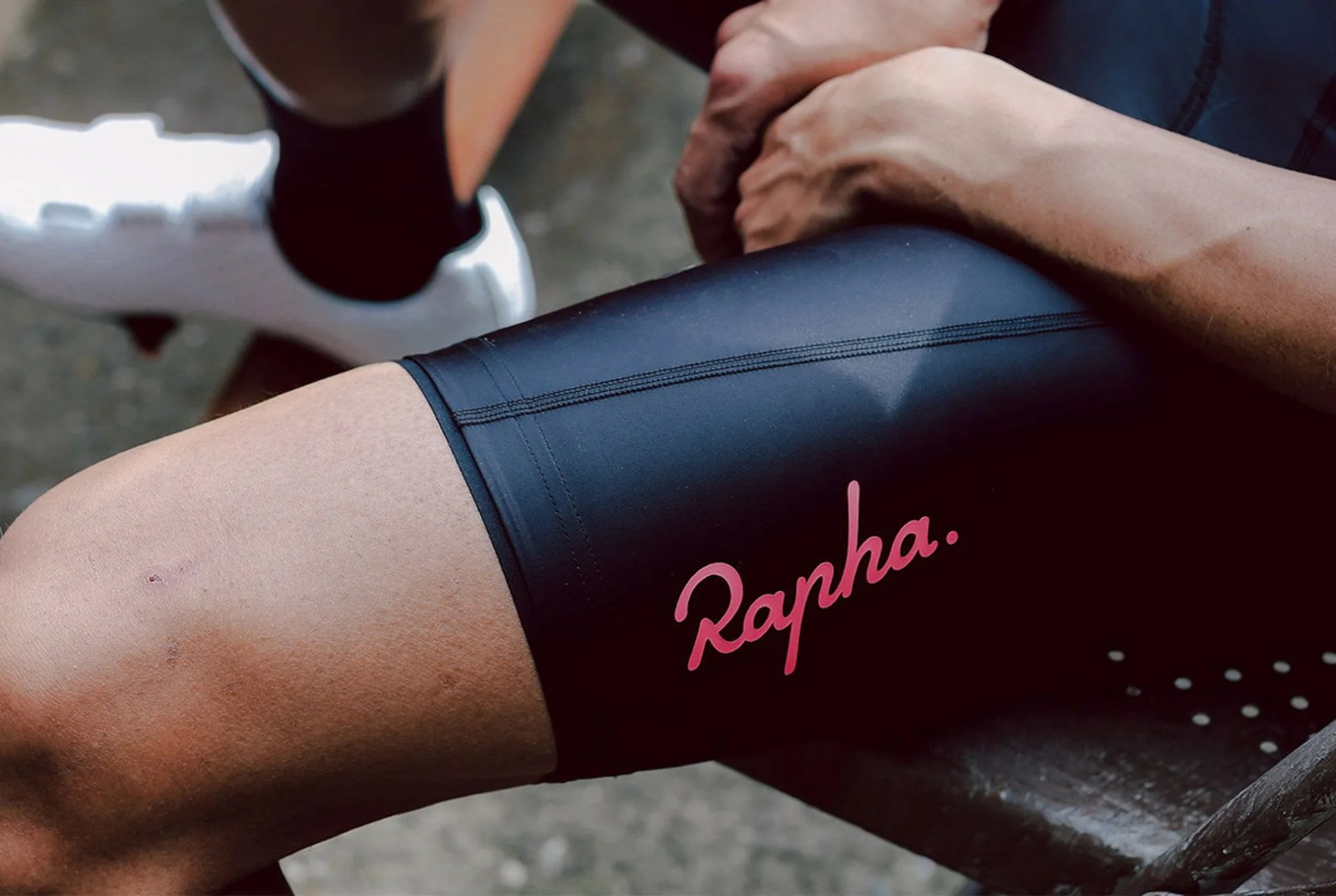Alex Valdman is on a mission. As Rapha’s Creative Director, he doesn’t necessarily want you to love lycra, but he does want you to love cycling. And if his design career can be taken as a prediction of the success of this mission, then prepare to buy yourself a leg-dedicated razor — Valdman entered the design world with a reversible hoodie built from materials he purchased at Jo-Ann Fabrics before quickly moving up the ranks to work with the likes of Kanye West, Levi’s and Giro. Now, at Rapha, the Soviet-Russia-slash-New-York-raised enterpriser is harnessing the simple and the abstract in an effort to make cycling the most popular sport in the world.
As with cycling, Valdman’s take on design focuses on the process, the journey. “It’s why I’m a designer. The best design is point A to B, not point A to B, C, D, E. It’s not about taking detours, it’s about solving the problem,” says Valdman. And despite Rapha’s inherent style appeal, design shouldn’t be overly consumed by visuals. “I think most people don’t want to be decorated by a designer. Let your personality be the decoration of who you are, not the product.” Those hesitant to embrace the sport will appreciate that notion; the Flyweight Bib, a highly complicated yet visually simple technical garment, is the perfect example of the idea at work. We recently had a chance to pick Valdman’s brain about how it came to be.

Rapha’s Flyweight Bib Shorts were designed with lightweight four-way stretch fabric for cycling in hot and humid climates.
Q: What’s unique about the Flyweight Bib? What were you designing for?
A: It’s the most technical bib on the market right now. Typically a lot of these warp knits need to have a certain compression. When I say compression, I don’t mean compression tights, but the ability to really hold your body parts together, your soft tissues. So something that has the right force, strength, elasticity, but also that modulus that helps you recover. We sought out a lingerie maker, basically, because that machinery is much finer — so the yarn is much finer. The big challenge was, “How do you still get that modulus from a fabric that is much finer?” Because when it’s much finer, it’s also much lighter. You still want that stretch, you want that power that holds you together. And so the first step was finding that fabric and testing it — testing it dry and testing it wet. How can you create a grip where it doesn’t feel like it’s a big donut around you, something that feels like it’s singular? That’s a big word that constantly gets used — singular. Because if you’re not creating singularity, it just feels like you’re piecing together objects that shouldn’t really be integrated into one another.
Q: You’re talking about different components of a single garment, yes?
A: The uppers, the binding — elements that you need to actually hold the product together to help create not just the product, but to create something that disappears when you wear it. Because if you can notice certain elements of it, it’s not a great product. The best products are the ones that you don’t notice, they’re just working in the background.

